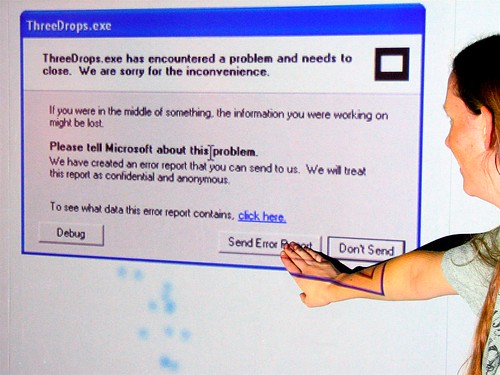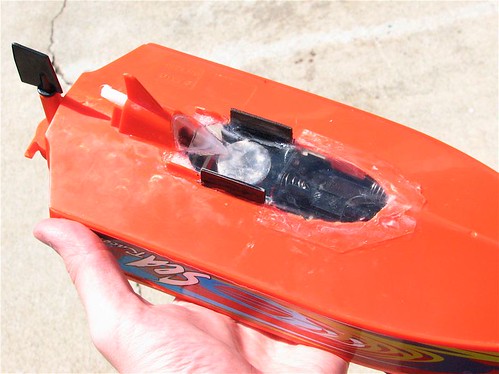
Rob Cockerham, the genius behind cockeyed.com,(and one of the few, the proud, the Honorary Mad Scientists) decided to assemble an “Elite Comment Strike Force!!!” and auction off 1000 blog comments.
Watching this auction on eBay, one of the things that surprised me was the set of “Similar Items on eBay”; Rob wasn’t alone– and the other guys are serious! There are titles like “100,000 US BLOG Visitors to your BLOG! Real Traffic,” and “200 Articles To Boost Your Article Directory/Blog #3.” I hadn’t really appreciated that there was a market for this sort of mercenary blog traffic. I’ll have to keep that in mind next time that I’m a sleazy scum-of-the-internet spam-blog operator!
Do we need to buy hits for our web page? Well, no. It’s not like we have any advertising on this page with which to make money. But we are indeed willing to pay for the privilege of being the web site that was the victim of Rob’s “Elite Comment Strike Force!!!”
Naturally, I bid, along with 23 other eager folks. The final price was $90. (Hey, free shipping!)
So, here it is: This is the story with one thousand comments. Strike force, do your worst!!!
Continue reading The story with a thousand comments











